Lhola Amira: Facing The Future
IRMANDADE: The Shape of Water in Pindorama (2018–2020). iNyembezi zomKhathilibe - lágrimas do universo, 2019 (film still). Courtesy of SMAC Gallery. © Lhola Amira.
Lhola Amira: Facing the Future launches a new program of special exhibitions that will interpret the African art collection as a living and evolving practice through the lens of contemporary art.
This solo exhibition, the artist’s first in the United States, features the newly created, site-specific spiritual portal Philisa: Zinza Mphefumlo Wami (2022). Philisa are unique portals, sacred spaces for the cleansing of wounds, honoring ancestors, and fostering connection. Visitors are invited to enter this sacred grove with support for whatever may unfold. Also included is the single-channel video projection IRMANDADE: The Shape of Water in Pindorama (2018–2020), produced by the artist in Bahia, Brazil. The film documents the artist’s journey through the city, contemplating the wounds of the ocean, the land, and the descendants of enslaved Africans while offering gestures toward healing.
Ancestral Screen (1890–1920) Pokia Family, Nigeria. Iroko Wood, Bamboo, Rattan, Pigment, Vegetable Fibers, Metal, 90.2 x 86.4 cm (35 1/2 x 34 in.) The image was provided courtesy of the Fine Arts Museums of San Francisco.
Artist Lhola Amira travels the world asking, “Where does it hurt, why does it hurt, how does it hurt, and what do WE do with our wounded-ness? How can WE move through the wound and gesture for healing?”*This exhibition explores these questions in the context of the journey of artworks and people from Africa across space and time as it acknowledges the wounds of descendants of Africans. Amira’s art practice evolved from the spirituality of the Nguni of South Africa, which combines Christianity with traditional values. THEY adapted this living tradition for today’s world, inspiring visitors to remember ancestors and descendants as a healing practice. The exhibition features a new site-specific commission, Philisa: Zinza MphefumloWami(2022), which translates to “Let It Be Healed: Be Steady My Breath, MySpirit.”Philisais a sacred gateway to support individual and collective health through listening and relaxation. Lhola AmiraFacing the FutureArtist Lhola Amira travels the world asking, “Where does it hurt, why does it hurt, how does it hurt, and what do WE do with our wounded-ness? How can WE move through the wound and gesture for healing?”*This exhibition explores these questions in the context of the journey of artworks and people from Africa across space and time as it acknowledges the wounds of descendants of Africans. Amira’s art practice evolved from the spirituality of the Nguni of South Africa, which combines Christianity with traditional values. THEY adapted this living tradition for today’s world, inspiring visitors to remember ancestors and descendants as a healing practice.
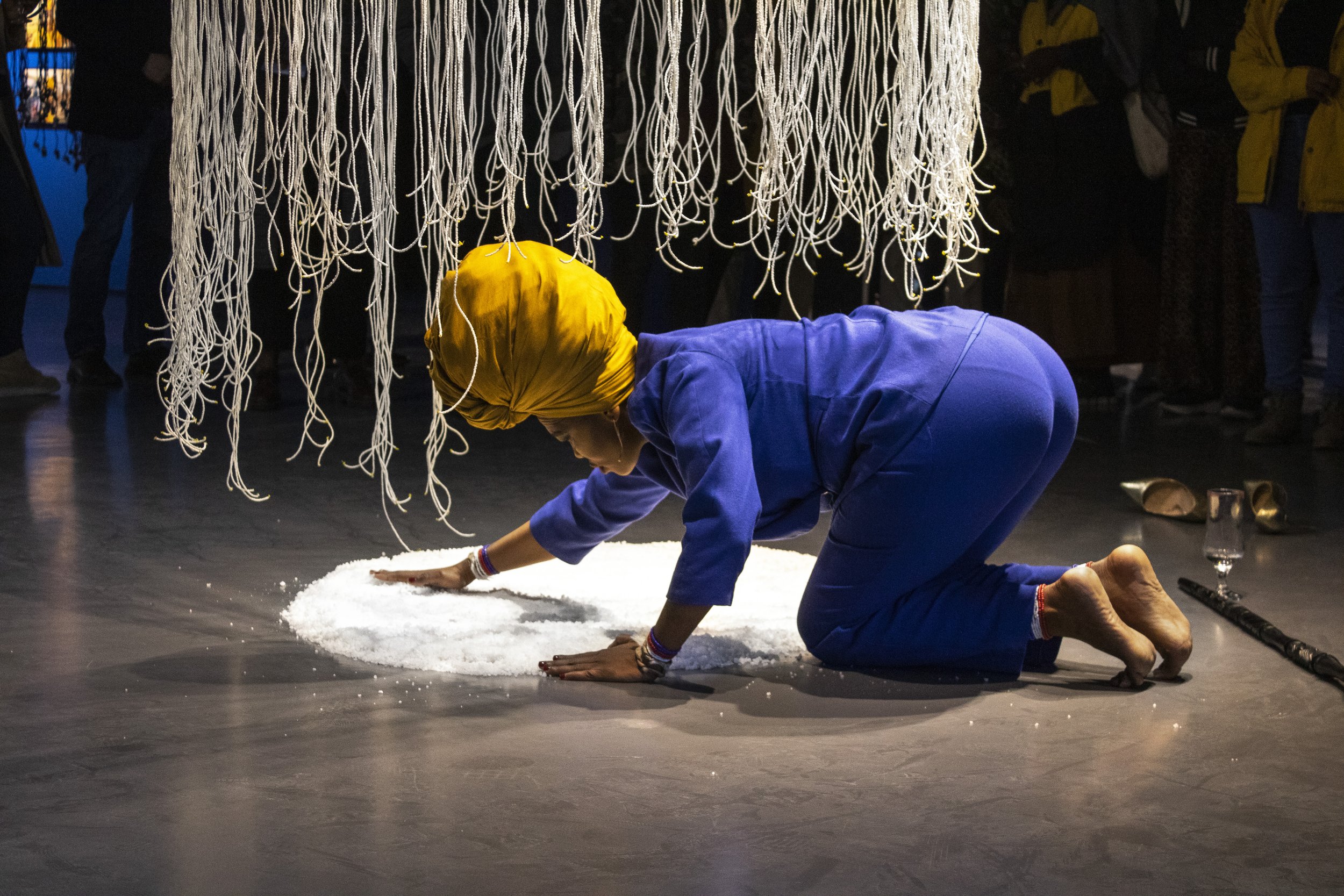
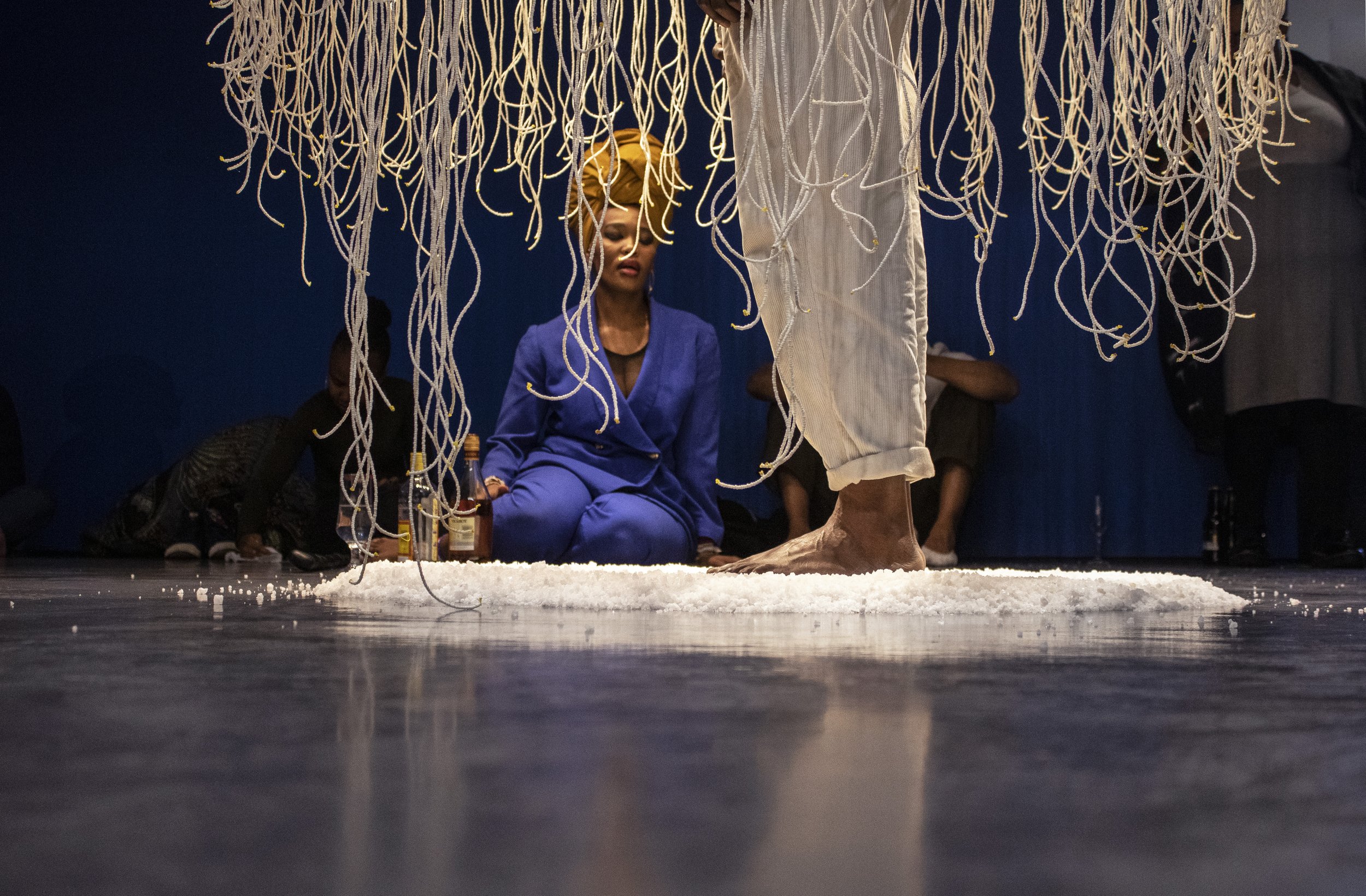

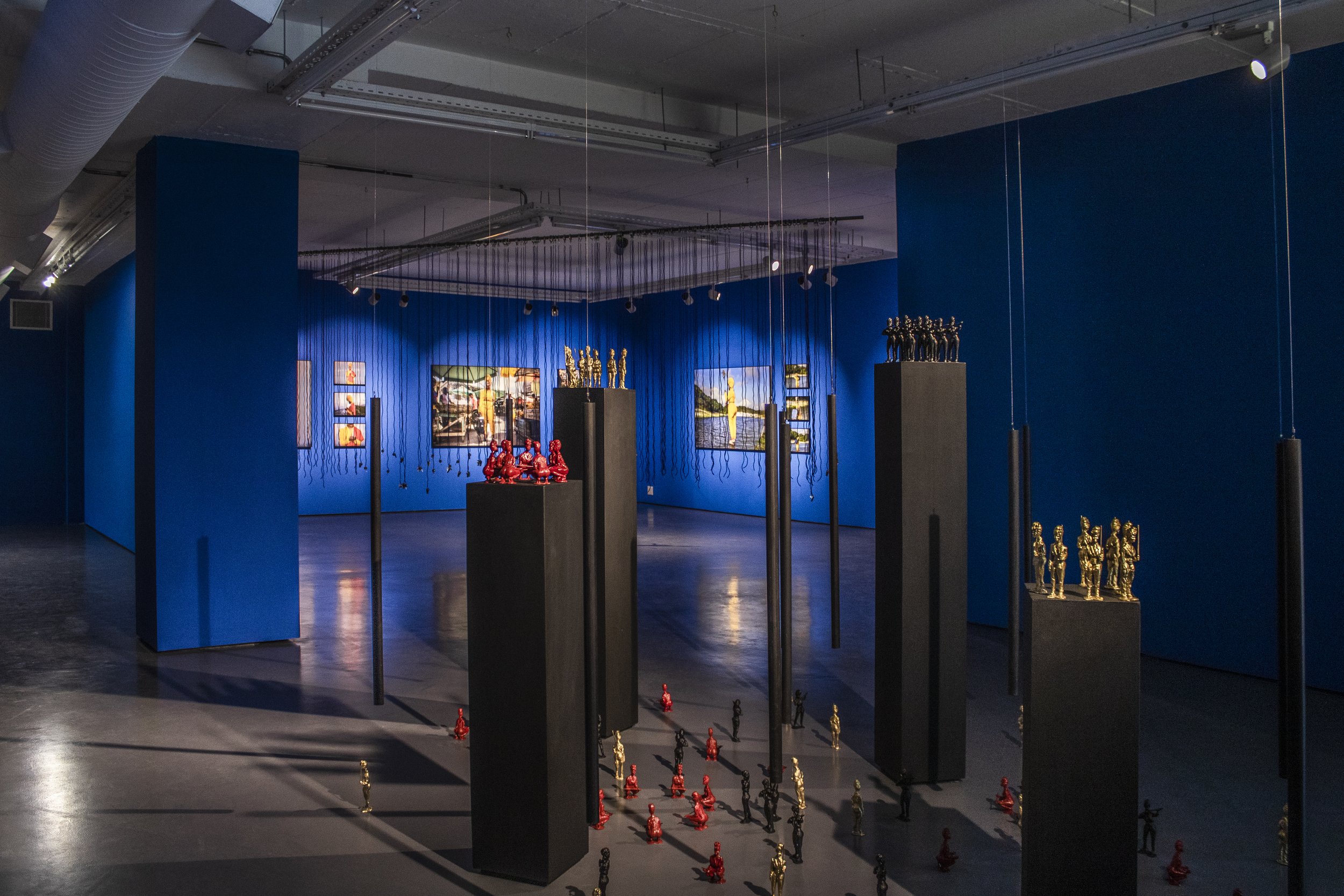
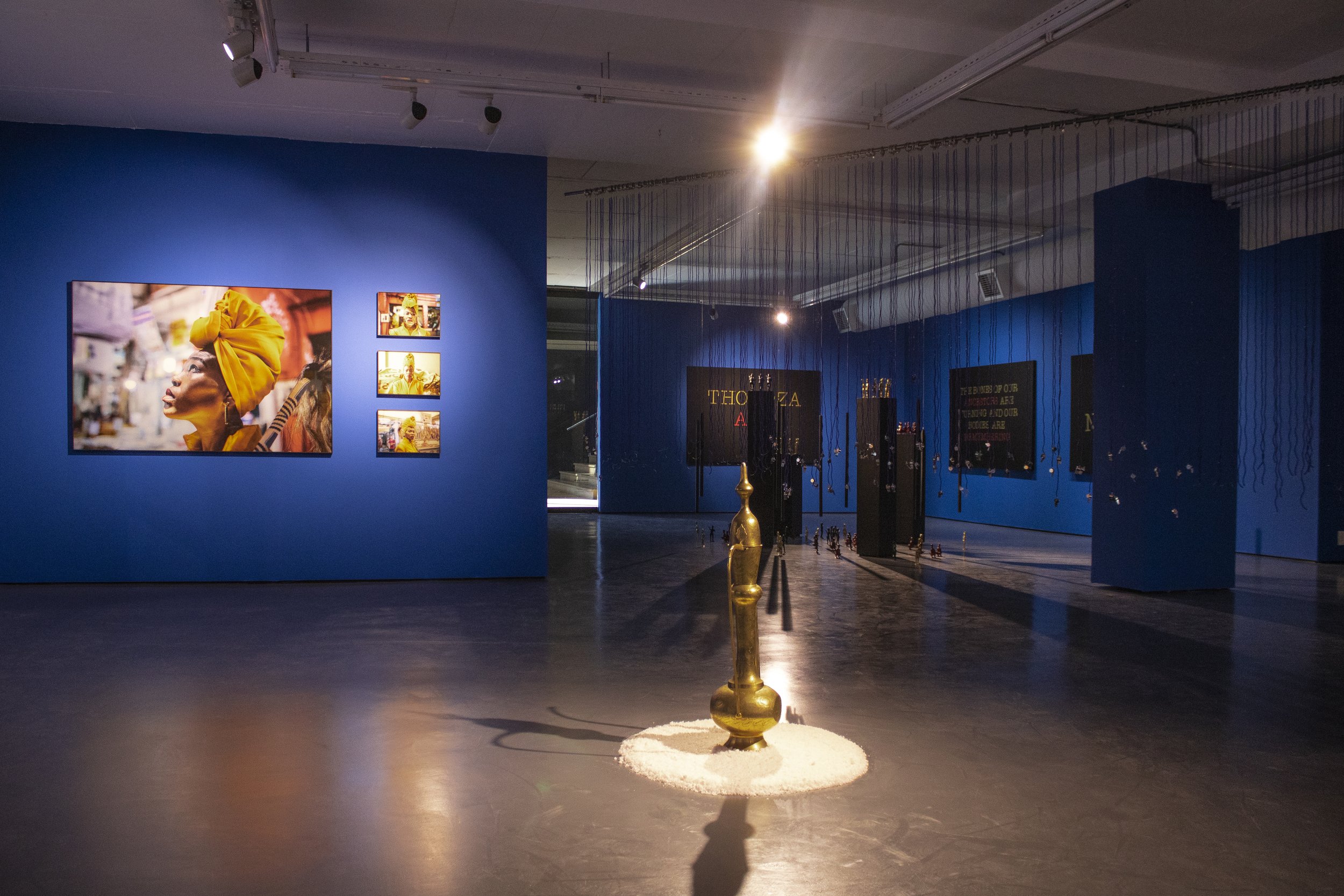


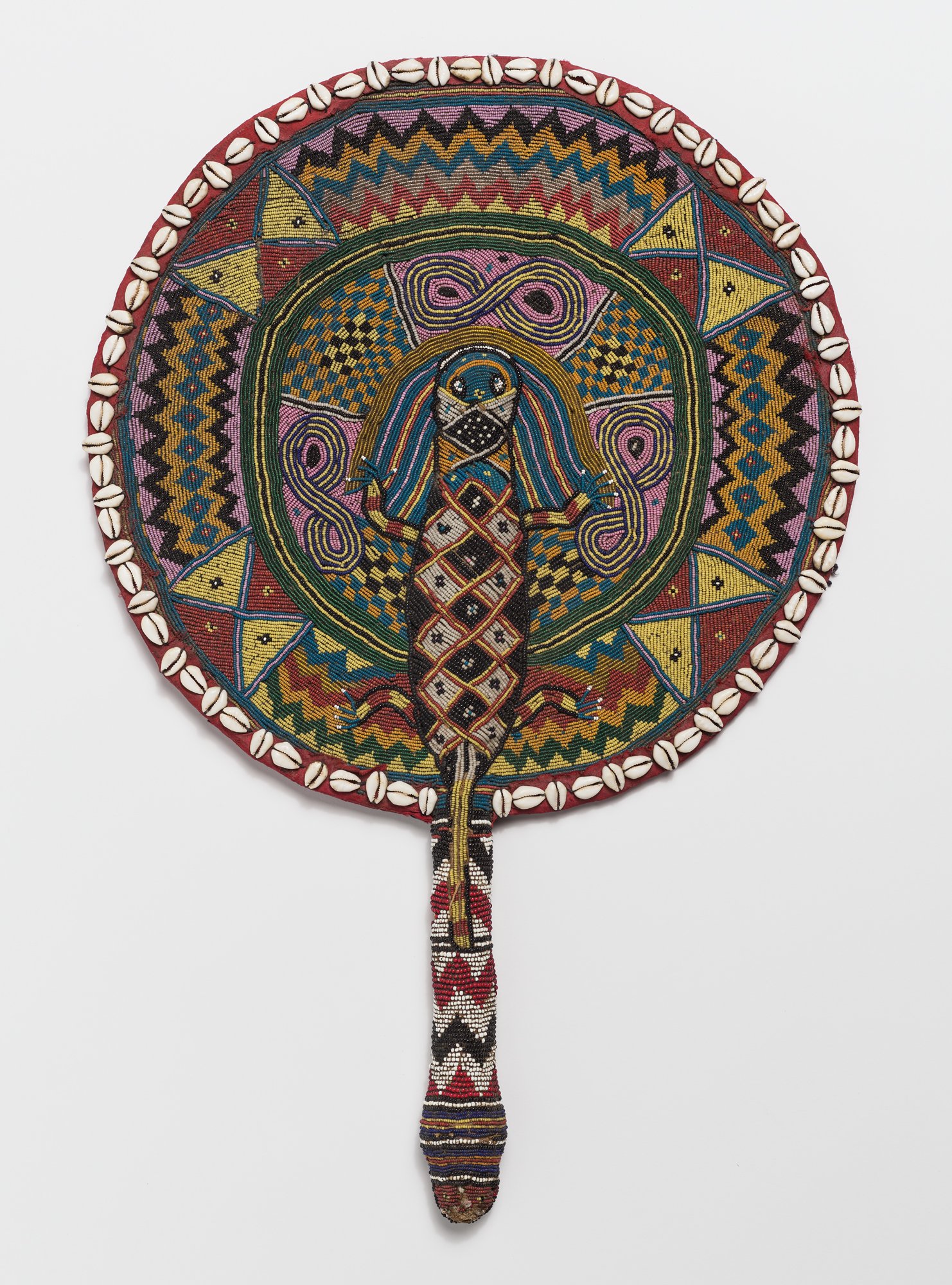
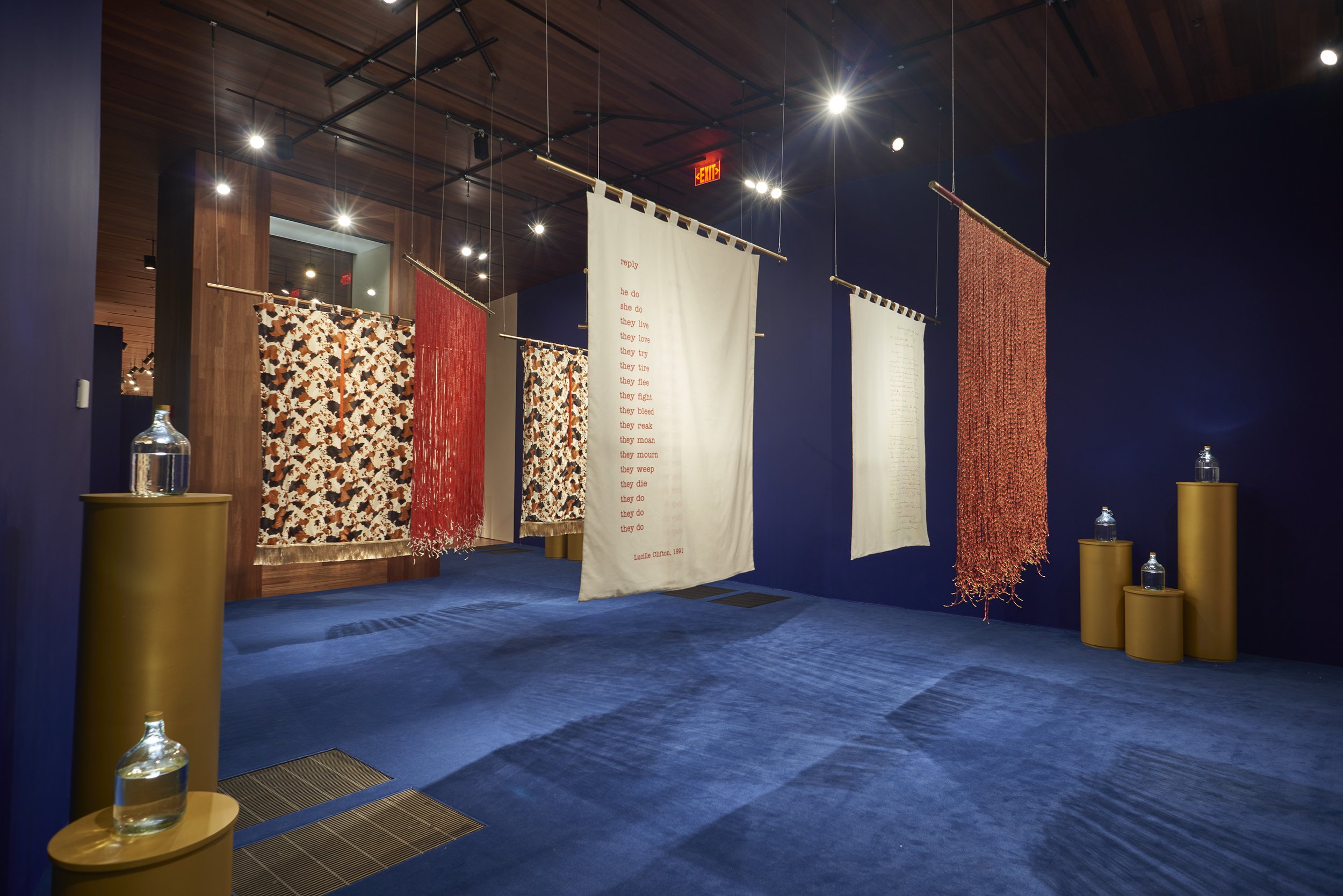



The exhibition features a new site-specific commission, Philisa: Zinza MphefumloWami(2022), which translates to “Let It Be Healed: Be Steady My Breath, MySpirit.”Philisais is a sacred gateway to support individual and collective health through listening and relaxation.
Included is the single-channel video projection IRMANDADE: The Shape of Water inPindorama(2018–2020), in which the artist journeys through an Afro-Brazilian city to bear witness to the wounds of the ocean and land, the dead and living. Artworks from the Fine Arts Museums’ permanent collection serve as conduits between the spirit and human worlds and assume a new cultural vitality within Amira’s healing arc. Vibrating with relevance are representations of ancestors, expressions of spiritual values, and objects that serve sacred and ceremonial purposes.
Lhola Amira: Facing the Future calls for all, including ancestors, to be involved in the work of caring and repairing our shared world. This exhibition is organized by the Fine Arts Museums of San Francisco with the generous support of Denise Littlefield Sobel.
*Lhola Amira capitalizes THEIR pronouns (THEY/THEM/THEIR) because THEY are the spiritual counterpart to the physical body of Khanyisile Mbongwe. They are the manifestation of the Nguni belief in duality: each person has a spiritual counterpart in addition to their physical body.
Seth Kane Kwei, Coffin in the shape of a cocoa pod, ca. 1970. Wood, paint, and cloth, 34 x 102 x 29 in. (86.4 x 259.1 x 73.7 cm). Fine Arts Museums of San Francisco, Gift of Vivian Burns, Inc. Courtesy of Kane Kwei carpentry workshop. Photograph © Fine Arts Museums of San Francisco, photograph by Randy Dodson
Beaders: Busela Mbongwa, Yvonne Motlhare, Veronica Mke, Thandeka Grace Maranyathi, Nomvuyo Mke, Nomonde Mahote, Pieta Magengenene, Nokhaya Wowo, Linda Kanye, Kwanele Mayeki. Studio assistants: Lungile Mbongwa and Luca Evans. Sound conversations: Sisonke P.
The Healing Power of Art:
Lhola Amira: Facing the Future brings together historical and contemporary art practices that respond to the care of individuals and communities. The calls of ancestors and descendants are filtered through the shared experiences of Black people. Their voices are entwined, as they are all involved in healing our world by dismantling the forces of colonialism, imperialism, and systemic racism. This selection highlights sculptures and ceremonial pieces from Africa made for rituals supporting healthy human and ecological relationships. They reflect different worldviews about the interconnectedness of individuals and communities, past and future, earth and ocean, and physical and spiritual worlds. Many religious beliefs proliferate in Africa today—the most common are Christianity and Islam—yet these objects transcend their respective eras to communicate across time and cultures. This convergence of the Fine Arts Museums’ collection of African art and Lola Amira’s contemporary practices invites visitors to be inspired by simple acts of care and devotion that can heal and transform the past and present.
Facing the Future is a resource for today’s troubling times, reminding us of our deep and profound connection to the earth and to each other.
For more information about this exhibition and others at de Young/Legion of Honor and the fine arts museums of San Francisco please visit here. The museum can also be found on Instagram, on Facebook, and YouTube


